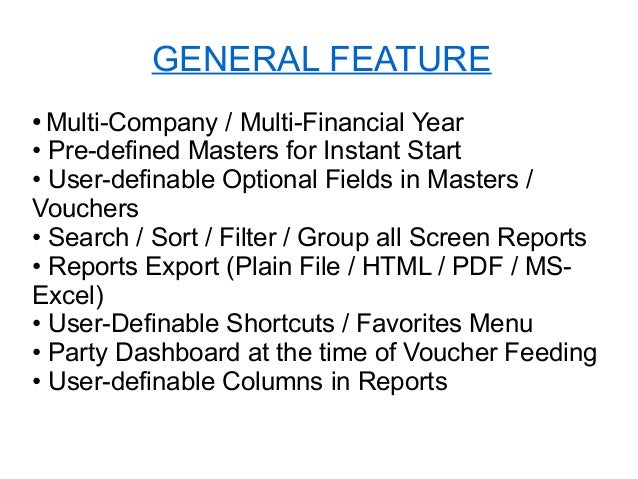

The typical process of an asset’s life cycle can be broken down into four key stages. The Importance of Asset Life Cycle ManagementĪsset life cycle management is a strategic and analytical approach to the management of assets. Essentially, the process of calculating TCO starts with planning the very first stage of asset life cycle management. Making it easier to decide when, or if, an ageing asset should be replaced or disposed of. With this information, asset managers can know if owning an asset outweighs the total running costs. This data also offers an insight into determining the total cost of ownership (TCO) for each purchase. The latter being essential for avoiding unplanned downtime, which single-handedly cost businesses $260,000 per hour on average in 2016. It can collect and store data such as real-time performance, user permission, total usage, location, cost, and maintenance and repairs. Deploy maintenance schedules to reduce costs and downtimeĭepending on the number of assets a business has, the data collected in a typical asset management system can be vast.Provide efficient and accurate financial planning.Monitor asset performance and condition levels.Track asset locations in real-time across multiple sites and facilities.But, that’s just scratching the surface.Ī typical asset management system has the tools to: The right tool helps to ensure a good ROI, maximize asset performance, and improve life cycle management. Why Asset-Heavy Businesses Need an Asset Management SystemĪsset Management Software is important for all types and sizes of asset-heavy businesses, particularly in the way that they generate revenue. They include tools for managing current and fixed assets, IT-specific assets, software assets, financial assets, fleet assets, and infrastructure assets. It’s also worth noting that there are various types of asset management systems to help businesses manage different forms of assets. As well as pinpointing an asset’s exact location to reduce the risk of loss or theft. This allows asset managers to know where assets are stored, which personnel are using them, and how they’re being used.

It also ensures real-time data collecting with the use of IoT devices such as Bluetooth, RFID, GPS, and Barcode.

Whether that be tools, inventory, machines, equipment, software, or infrastructure. The right asset management system will also provide the tools necessary for users to manage their entire catalogue of assets in one centralized asset register system. Reduce costs associated with procurement, compliance, and maintenance.Optimize the useful life of mission-critical assets.Increase the visibility of all assets in the business.The purpose of an asset management system is to: It does so by enabling users to track the location of equipment, understand maintenance costs, and optimize the useful life of an asset. In particular, those assets that are critical for a business’s day-to-day operations. Asset Management Software is a system designed for businesses to increase the usability of their revenue-generating assets.


 0 kommentar(er)
0 kommentar(er)
